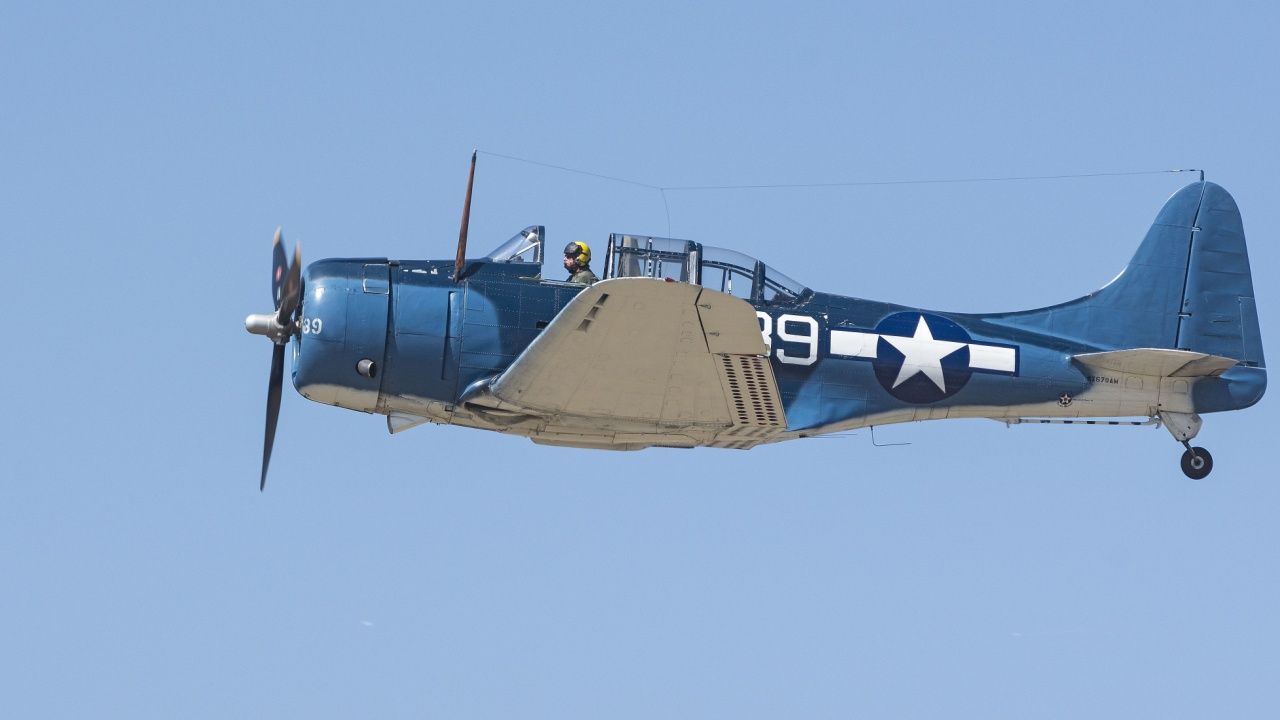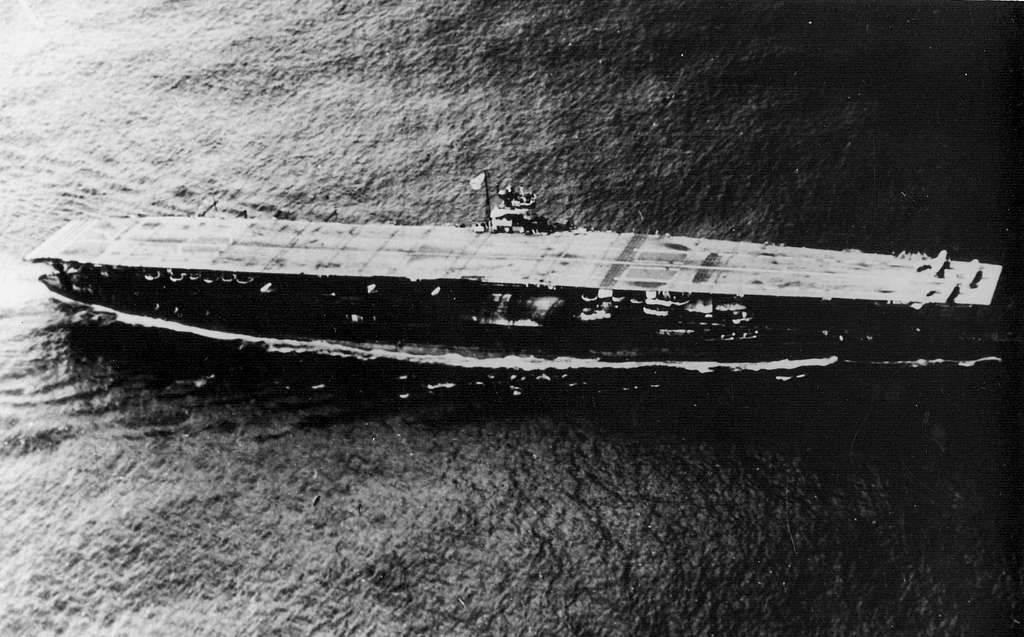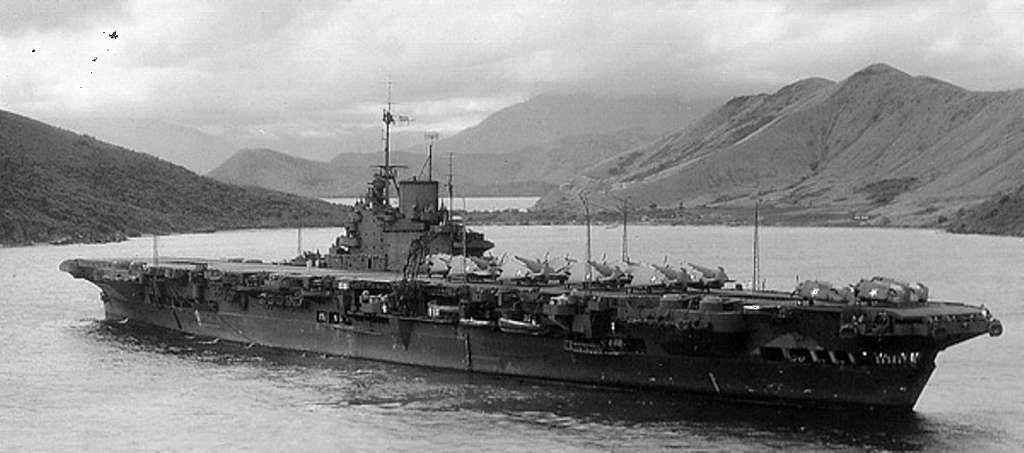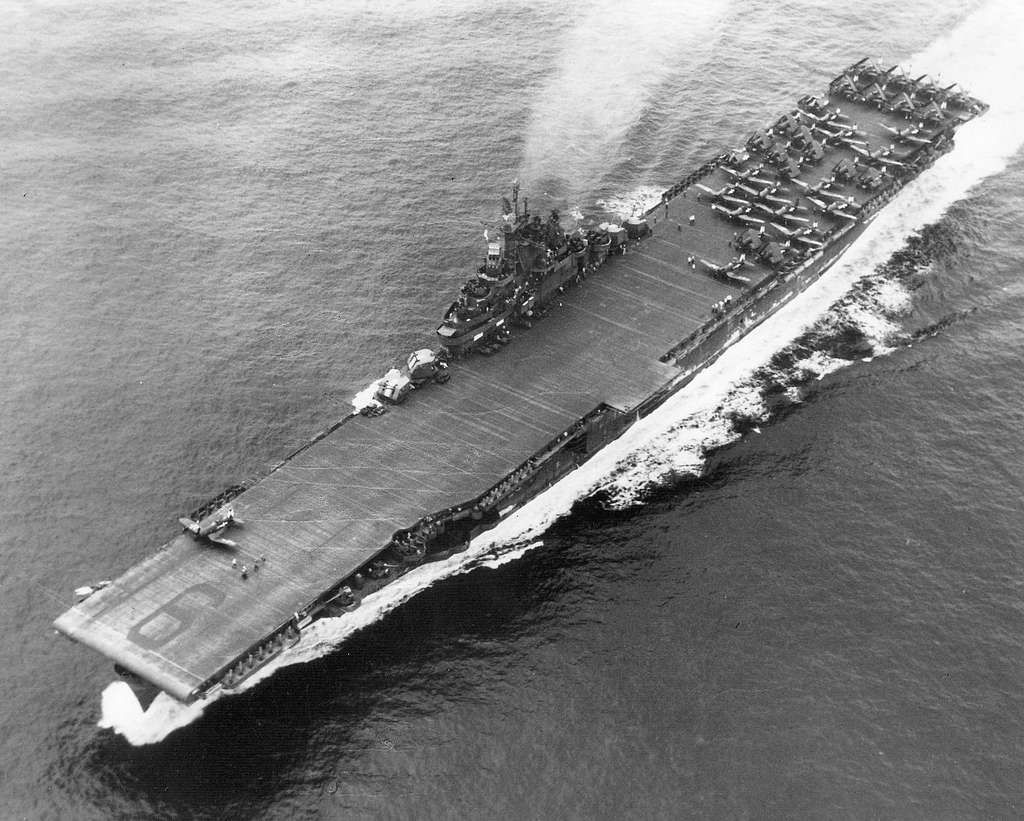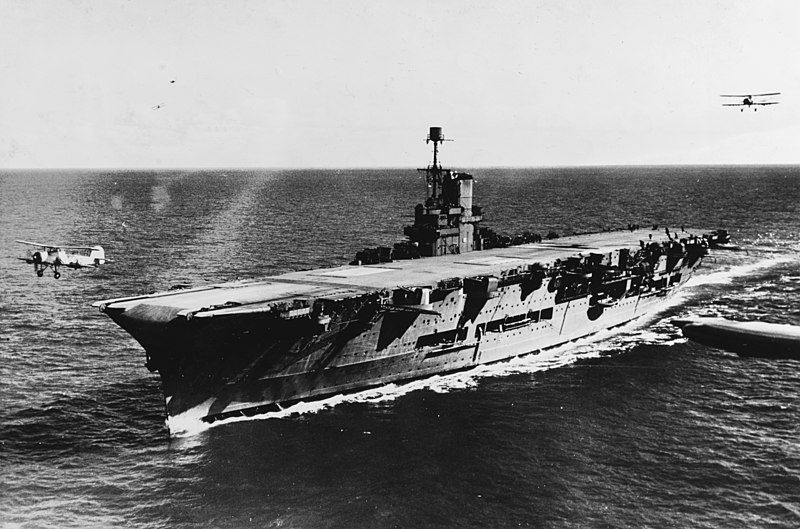Summary
- USS Enterprise (CV-6) was the most decorated US ship in WW2, downing 911 enemy aircraft.
- Akagi symbolized Japan’s decline after her loss in the Battle of Midway and was scuttled.
- HMS Victorious, later known as USS Robin, contributed to the Pacific when the US was down to one carrier.
The three main aircraft carriers of World War II were the United Kingdom, the United States, and Japan (France and Germany also had incomplete carriers). While the great carrier battles were used in the Pacific Theater, the British used them in a very different role in the Atlantic. Today, the United States Navy reigns undisputed with a carrier fleet that can carry many times more aircraft than all other carriers in the world combined (and the carriers are in the process of certifying to carry the F-35C fifth generation fighter jet). Here are five of the great aircraft carriers of World War Two.
1
USS Enterprise CV-6
Enterprise normally carried 80-90 aircraft (including Dauntless dive bombers)
|
Served: |
1938-1947 |
|---|---|
|
Displacement: |
19,800 tons standard |
|
Fate: |
Scrapped 1958–1960 |
The Yorktown-class USS Enterprise (The Big E) might be the most famous aircraft carrier of all time. For a time during the Guadalcanal Campaign, the damaged Enterprise was the only operational US carrier in service in the Pacific (the USS Hornet, Yorktown, Wasp, and Lexington were sunk while the Saratoga was under repair).
The Enterprise was launched in 1936 and took part in the Raid on Pearl Harbor when 18 of her Douglas SBD Dauntless diver bombers arrived over the harbor during the attack (seven of which were shot down). She played a leading role in the Battle of Midway, the Battle of the Eastern Solomons, the Battle of the Santa Cruz Islands, and other engagements. She was the most decorated US ship of the war, with her planes downing 911 enemy aircraft, sinking 71 ships (including the carriers Akagi and Kaga and helped to sink Hiryu), and damaging more.
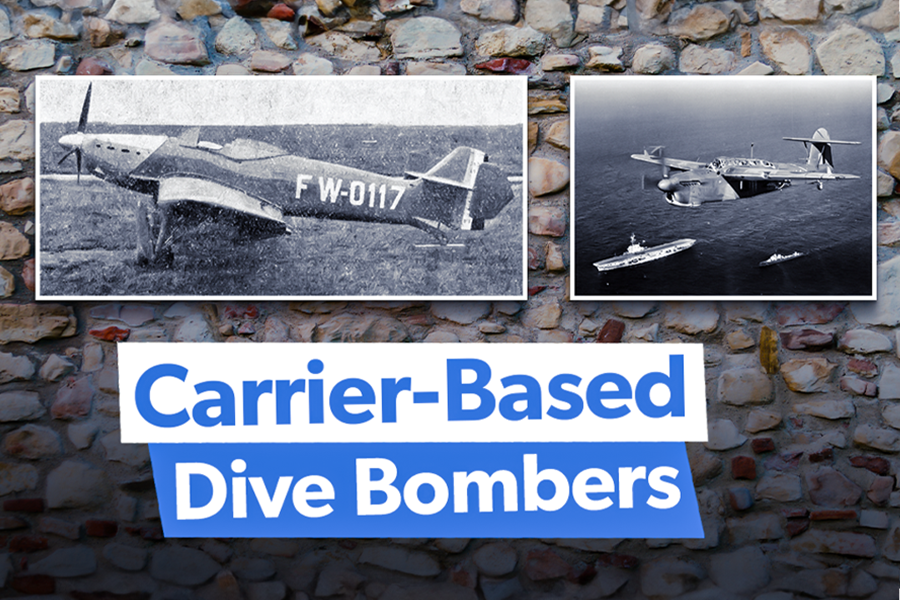
Related
Exploring The Top 5 WWII Carrier-Based Dive Bombers
The US, UK, Japan, and France all operated aircraft carriers and aircraft carrier-based dive bombers in WW2.
2
Akagi
Akagi carried around 21 Mitsubishi A6M Zeros, 18 Aichi D3As, 27 Nakajima B5Ns
|
Served: |
1927-1942 |
|---|---|
|
Displacement: |
37,100 tons standard |
|
Fate: |
lost at Midway |
The Akagi served as Admiral Chūichi Nagumo’s flagship during the attack on Pearl Harbor and was one prime fleet carriers of the Japanese Navy. She was laid down as an Amagi-class battlecruiser but was converted into a carrier during construction (she also originally had three flight decks). After Pearl Harbor, she attacked Darwin in Australia helped conquer Dutch Indonesia and sink British and Australian warships in the Indian Ocean Raid.
Her loss in the Battle of Midway (along with the Kaga, Sōryū, and Hiryū) symbolized the beginning of the end for Japan. A single dive bomber from the Enterprise damaged Akagi to the point she could not be saved and was scuttled by Japanese destroyers to prevent capture. The US Navy’s Dauntless dive bombers were the most effective early dive bomber of the war and sank six Japanese carriers. These included all four Japanese carriers at Midway as well as one at the Coral Sea and one in the Solomons.
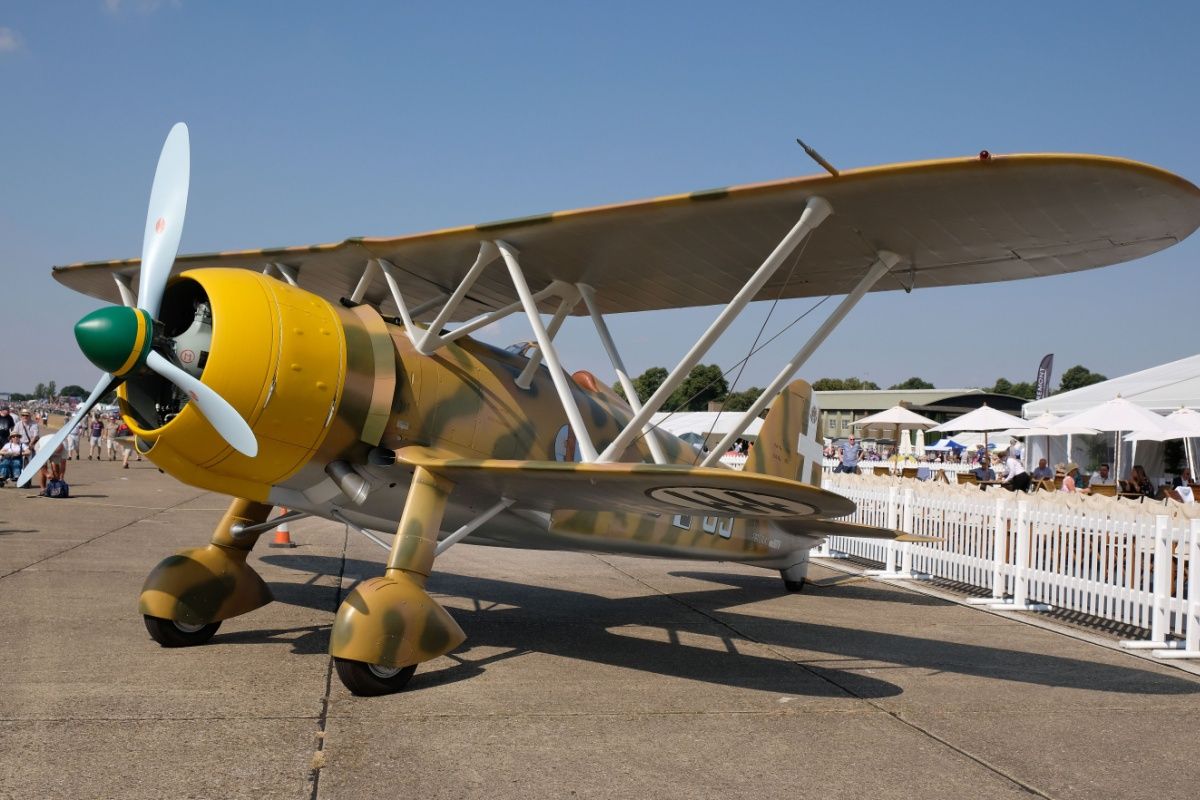
Related
Forgotten History: The Top 5 Italian Aircraft Of The Second World War
Despite low production numbers and Italy’s early exit from WW2, Italy produced some excellent aircraft.
3
HMS Victorious/USS Robin
Victorious/Robin carried 52 Martlet IVs and Avengers in 1943
|
Served: |
1941-1968 |
|---|---|
|
Displacement: |
28,619 tons full load (before post-war refit) |
|
Fate: |
scrapped 1969 |
The HMS Victorious was the third British Illustrious-class carrier and she mostly fought in the Atlantic. She took part in actions against the German battleship Bismarck and eventually contributed to attacks on Bismarck’s sister ship, the Tirpitz. As the threat from Germany receded, she was deployed in the Pacific against Japan late in the war.
The HMS Victorious is unique in that she was lent to the US Navy in late 1942 and in 1943 (colloquially called the USS Robin). By 1942, the US carrier force had been decimated; only the damaged Enterprise was operational in the theater, and the new Essex-class carriers had not yet come online. As a British ship designed for stormy Atlantic operations, she sported an armored flight deck and hanger, making her much more survivable than her American counterparts (although she carried fewer aircraft).
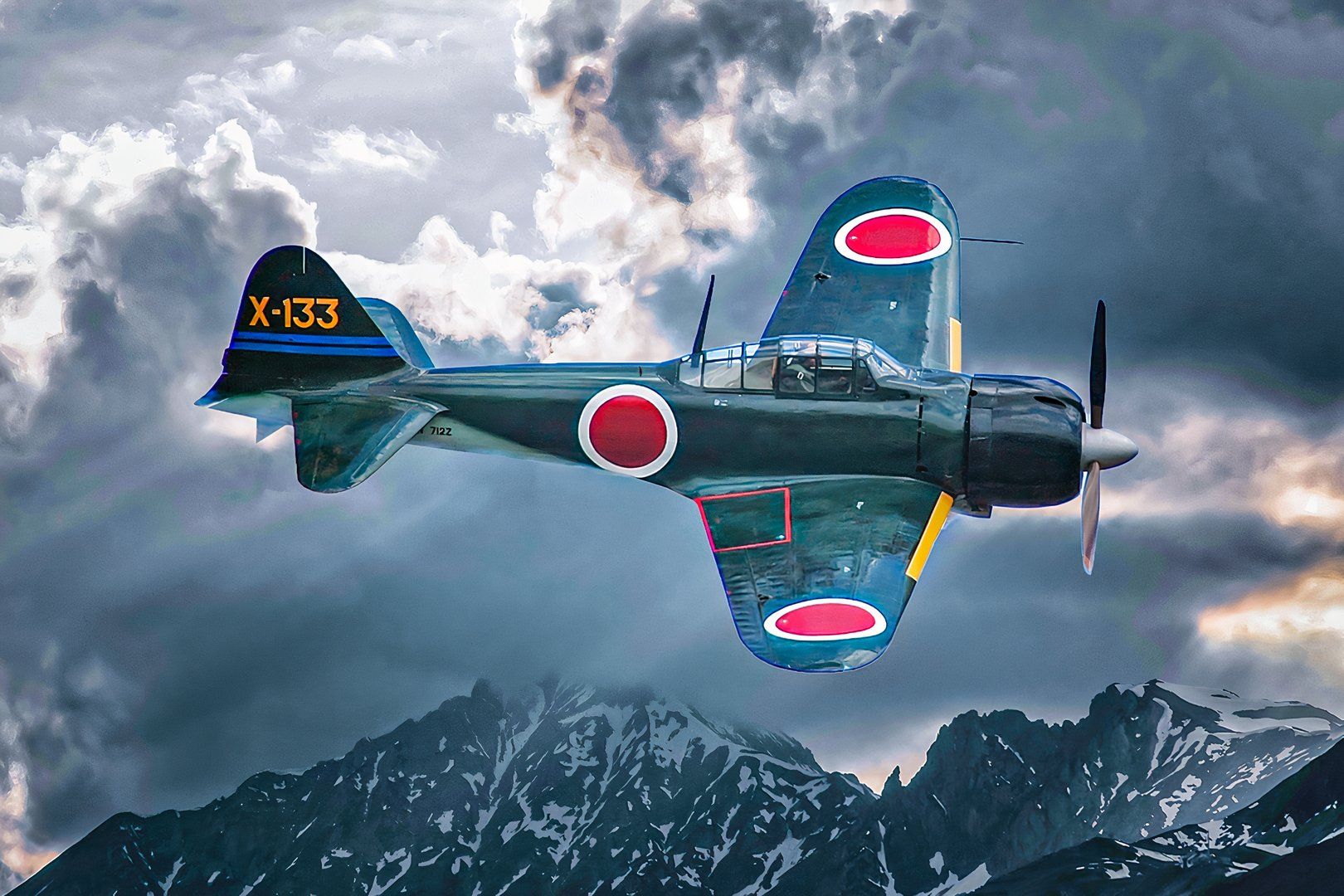
Related
Forgotten History: The Top 5 Japanese Aircraft Of World War 2
The Japanese started the Pacific War with some of the best-in-class aircraft but ended the war building crude, disposable Kamikaze aircraft.
4
USS Essex
Essex carried 36 Grumman F4F Wildcats, 36 Douglas SBD Dauntless, 18 Grumman TBF Avengers
|
Served: |
1942-1969 |
|---|---|
|
Displacement: |
27,500 tons standard |
|
Fate: |
scrapped 1973 |
The USS Essex (CV-9) was the first of the Essex-class carriers. The US built an incredible 24 Essex-class carriers during the war, decisively turning the naval war against the Japanese. She took part in several campaigns in the Pacific, earning 13 battle stars (she was hit by a kamikaze off the Philippines in November 1944).
After the war, she was deactivated and placed in reserve but reactivated during the Korean War and would play a role in the Battle of Pigs Invasion and the Cuban Missile Crisis. Late in her career she was the primary recovery carrier for the Apollo 7 space mission.
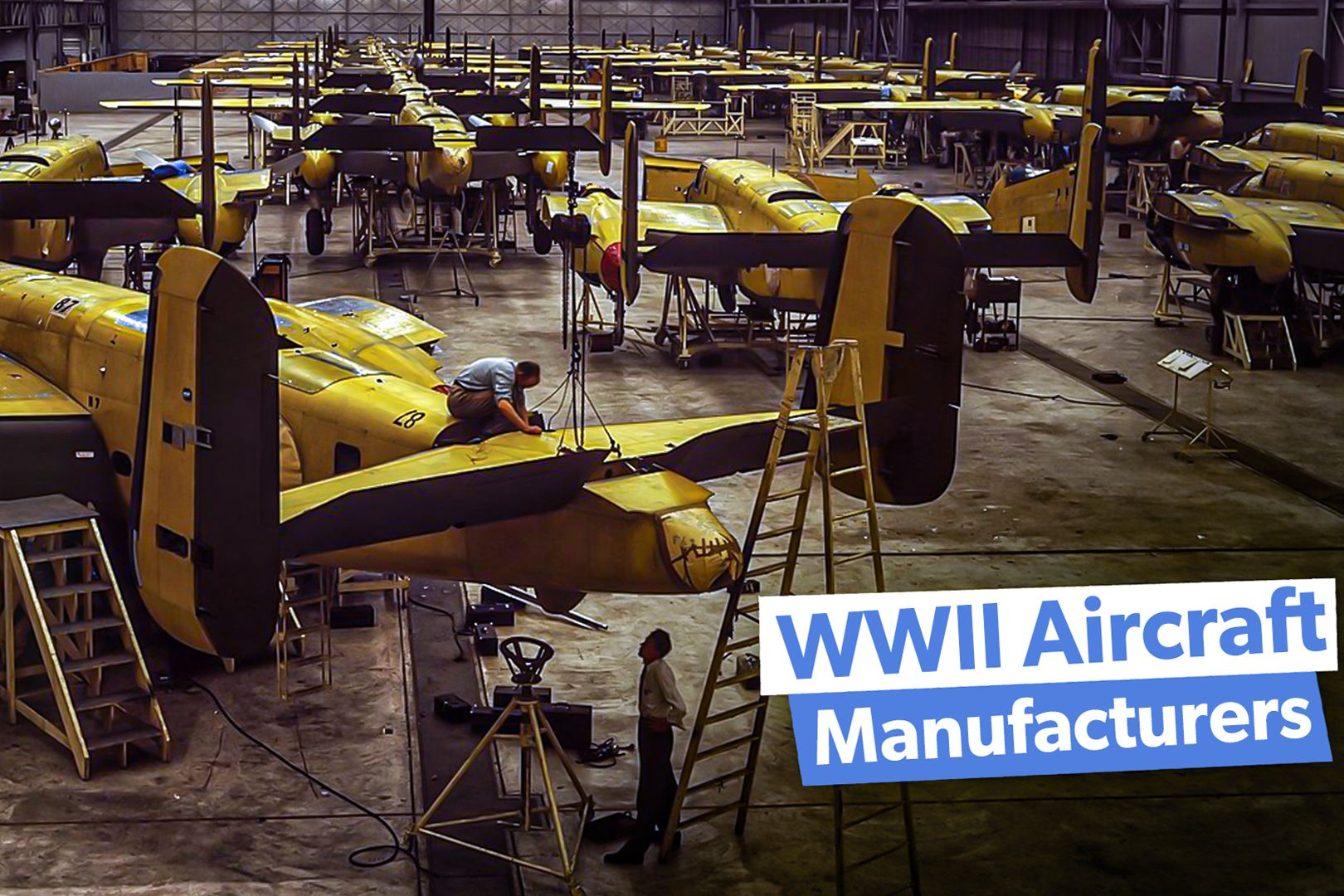
Related
Forgotten History: The Top 5 American Aircraft Manufacturers Of WWII
The incredible industrial might of American aircraft manufacturers helped turn the war against the Axis.
5
HMS Ark Royal
|
Served: |
1938-1941 |
|---|---|
|
Displacement: |
22,353 tons standard |
|
Fate: |
Sank by U-boat in 1941 |
The HMS Ark Royal represents a very different aspect of the carrier wars of WW2. Instead of crossing the vast distances of the Pacific and facing off against other aircraft carriers, she operated in the Atlantic and Mediterranean theaters. She scored the first aerial U-boat kills of the war, fought in operations off Norway, and took part in the Malta Convoys. Her aging Fairey Swordfish biplanes jammed the rudder of the Bismarck, leading to her sinking.
She was also dispatched to hunt other German warships like the Graf Spee, Scharnhorst, and Gneisenau. While she gained a reputation as a ‘lucky ship’ after surviving several near misses, her luck ran out in November 1941 when she was torpedoed by German submarine U-81. She sank the next day (although only one crewman was lost).

